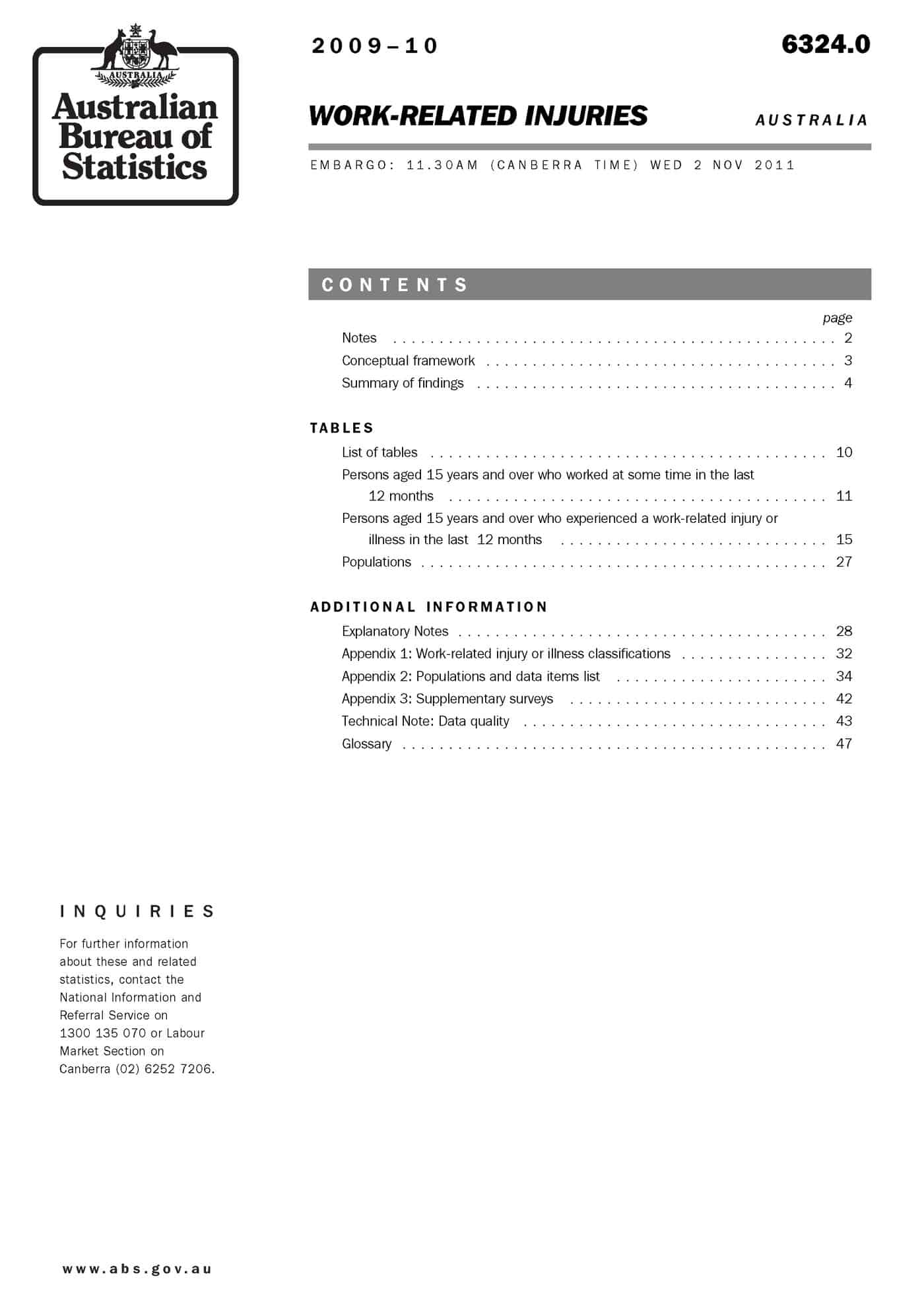E-learning has become an acceptable option for many industry training sectors. In Australia, this industry is still in its early stages. One of those reasons is that the internet resources are not as extensive as in other countries but the Federal Government began to establish a National Broadband Network (NBN) that should allow better e-learning servicing.
Last week, occupational health and safety inductions were provided with the NBN and e-learning approach. According to a media statement issued in early February 2012:
“With Australia moving to adopt a national qualification to enable workers to enter a construction site, a project is currently underway to develop and evaluate the effectiveness of an immersive 3D computer game to deliver occupational health and safety (‘White Card’) certification training for the construction industry.
This would enable workers to use a training computer game to learn and be assessed for the unit of competency required by the National Code of Practice for Induction for Construction Work, without being compromised by time and place. Importantly, it also allows trainees to gain real world experience ‘on site’ or ‘using’ industrial equipment without exposing them to potential risk.” [links added]
 SafetyAtWorkBlog posed some questions to one of the participants of the program, Skills Tasmania, and received the following responses from one of the program partners, Mark O’Rourke, the Educational Advisor of the Curriculum Innovation Unit of the Victoria University Continue reading “Construction induction certification could move online”
SafetyAtWorkBlog posed some questions to one of the participants of the program, Skills Tasmania, and received the following responses from one of the program partners, Mark O’Rourke, the Educational Advisor of the Curriculum Innovation Unit of the Victoria University Continue reading “Construction induction certification could move online”

